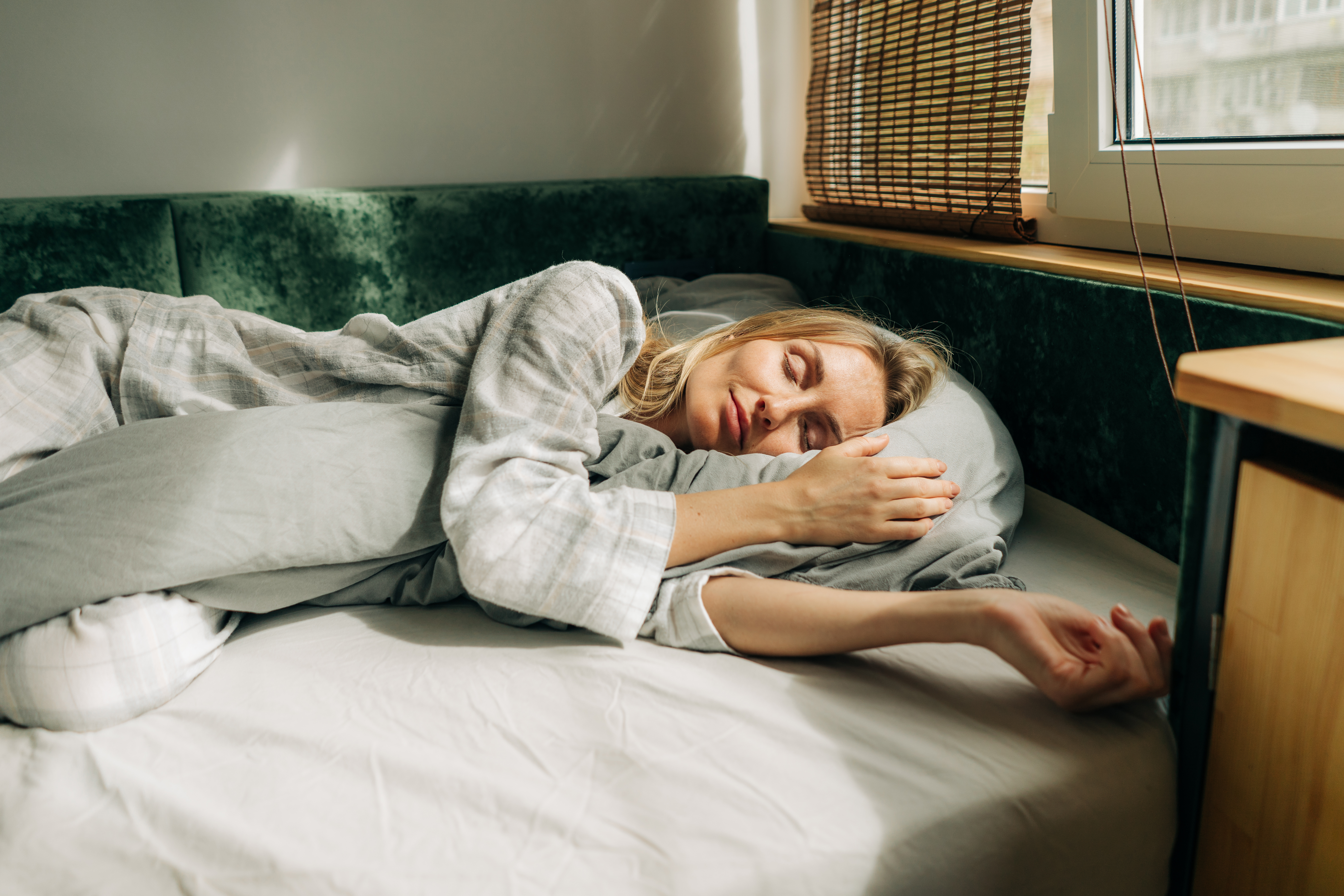Simple Evening Rituals for Your Deepest, Most Restful Sleep
11. The Science of Sleep-Inducing Sounds

Sound can be a powerful tool for promoting sleep. White noise, nature sounds, or calming music can mask disruptive noises and create a soothing auditory environment conducive to sleep. Studies have shown that listening to relaxing music before bed can improve sleep quality and increase the duration of deep sleep. Experiment with different sounds to find what works best for you, whether it's the gentle hum of a fan, the sound of ocean waves, or a playlist of calming melodies. By incorporating sleep-inducing sounds into your nightly routine, you can create a tranquil atmosphere that lulls you into a deep, restorative slumber.
13. Switching to Amber or Red Lighting After Sunset

Your brain takes lighting cues seriously. Blue and white light suppress melatonin, keeping your body alert long after sunset. Replacing bright lights with amber or red bulbs in the evening creates a calming environment that supports natural sleep cycles. These warm hues mimic firelight—our ancestral nighttime cue—and help your brain transition to rest mode. Try using red-toned bedside lamps, dimmable bulbs, or screen filters on devices after dark. It’s a subtle shift, but it signals to your brain: it’s time to wind down. Over time, this change can dramatically improve how quickly and deeply you fall asleep.
